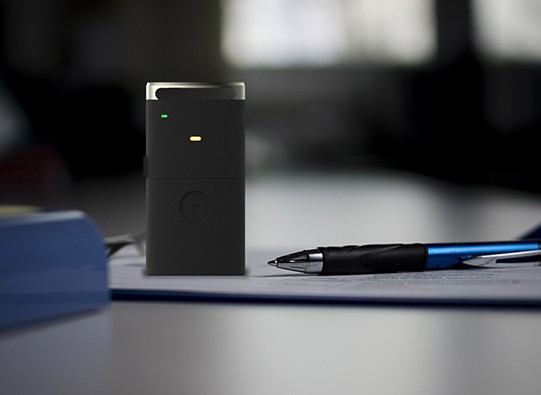
Credential-Based Attacks Are Surging
Cybercriminals aren’t always breaking in through firewalls—they’re logging in with valid credentials. From ransomware operators to state-sponsored attackers, everyone seems to agree on one thing: compromising an identity is the easiest way in. And the most common entry point? The everyday employee login.
While companies invest in perimeter security, too many still overlook identity as the new frontline. But as credential-based attacks become more targeted and more costly, organizations are being forced to rethink access from the ground up.
The Silent Threat: Valid Credentials, Stolen Access
In today’s hybrid workplaces and cloud-centric environments, a username and password can grant access to critical systems, sensitive customer data, and financial records. That makes them highly valuable—and often poorly protected.
“The problem isn’t just that passwords are weak,” said a cybersecurity advisor at a mid-sized tech firm. “It’s that static credentials—no matter how strong—aren’t designed for the dynamic environments we work in now.”
According to recent threat intelligence reports, over 60% of breaches now involve stolen or misused credentials. Attackers use everything from phishing and keylogging to dark web marketplaces and token theft to get what they need. And once inside, they can move laterally, escalate privileges, and evade detection for weeks.
Why Manufacturing, Healthcare, and Mid-Sized Enterprises Are at Risk
Certain sectors have become especially attractive to threat actors. Manufacturing and healthcare environments often involve shared workstations, minimal login friction, and legacy systems with limited identity controls. These environments make it easy for attackers—or even internal actors—to exploit access loopholes.
Many mid-sized enterprises also lack the in-house security expertise or budget to deploy advanced identity solutions. That leaves them with piecemeal protections: VPNs, outdated MFA, or simple timeouts that don’t truly safeguard access.
The MFA Illusion: Why Traditional Approaches Fall Short
Multi-factor authentication (MFA) is often hailed as the solution to password problems. But not all MFA is created equal. SMS codes and app-based push notifications are vulnerable to interception, SIM swapping, and phishing proxies. Meanwhile, employees often find MFA cumbersome and work around it—or use the same device for both login and verification, creating a single point of failure.
“The idea that MFA alone solves credential compromise is outdated,” said a CISO at a logistics firm. “We need smarter, context-aware systems that recognize behavior, location, and proximity.”
The Shift to Identity-First, Passwordless Access
Security leaders are now moving beyond traditional MFA and investing in identity-first solutions that go deeper. These include:
- Proximity-based authentication that automatically locks or unlocks systems based on the presence of a physical token or smartphone.
- Biometric verification tied to device or workstation access, not just applications.
- Just-in-time access and session monitoring that link every action to a verified user identity.
These approaches improve security while reducing login friction—a key benefit for high-mobility sectors like hospitals and factories.
Building a Sustainable Identity Strategy Against Credential-Based Attacks
The goal isn’t to make login harder. It’s to make access smarter. That means choosing tools that reduce reliance on human memory, eliminate password reuse, and provide detailed logs of who accessed what and when.
User-centric platforms like GateKeeper Proximity offer this kind of layered control, combining physical tokens, behavioral analytics, and centralized visibility. The result is not just better protection, but stronger compliance with NIST, HIPAA, and ISO 27001 standards.
Identity has become the soft underbelly of enterprise security. But it’s also one of the areas where thoughtful, targeted investments can yield massive returns. Organizations that move beyond the password—and treat access as a dynamic, identity-driven process—will be best positioned to resist the credential-based attacks defining today’s threat landscape.
See GateKeeper Enterprise advanced MFA in action.
Take a self-guided tour of how you can evolve from passwords. Then you're really saving time with automation.




